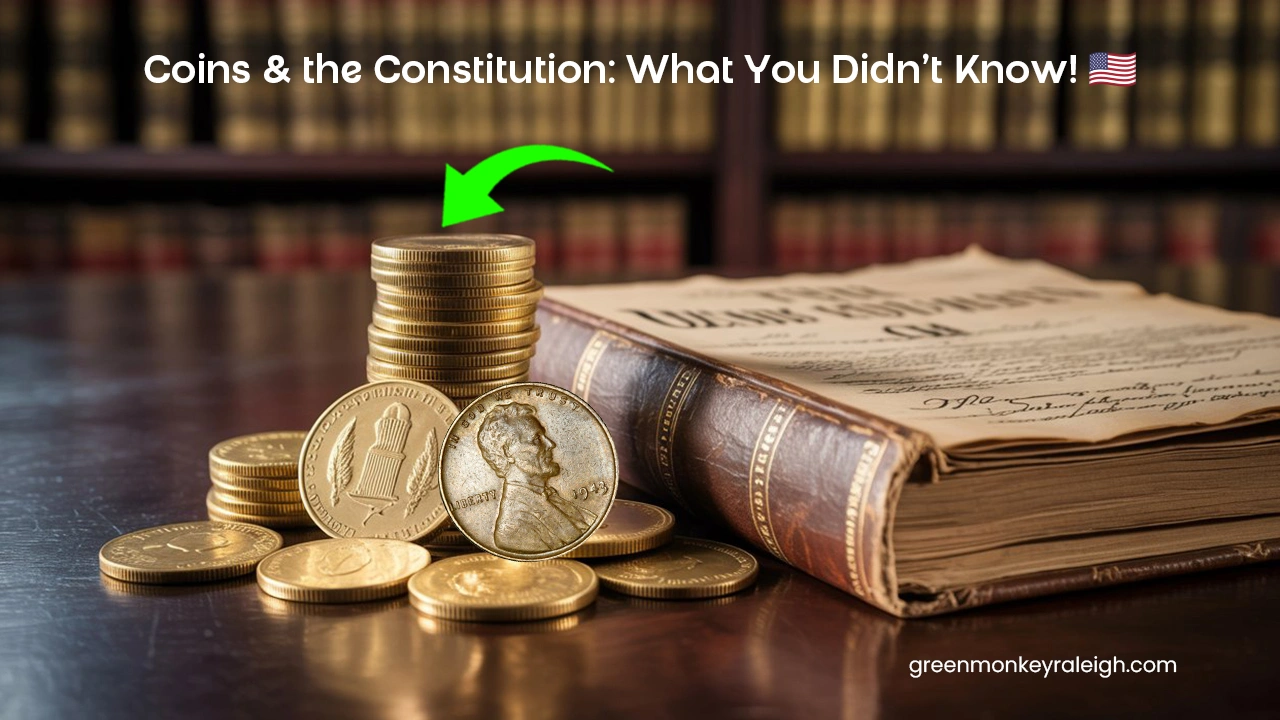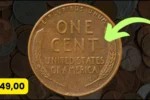Coins and the Constitution: Money is something we use every day, but have you ever thought about how deeply it connects to the American government and the Constitution? From the coins in your pocket to the dollar bills in your wallet, each piece of currency carries a story about law, power, and history. Let’s explore how coins and the Constitution are linked and what they reveal about America’s government.
The Constitution’s Role in Creating Money
When the United States was founded, the Constitution gave Congress the power to create and regulate money. This wasn’t just a small decision. Before the Constitution, the country struggled with different states making their own currencies, which caused confusion and economic problems. By putting this power into the hands of Congress, the founders created a unified system of money for all Americans.
Why “In God We Trust” Is on Coins
If you look closely at American coins, you’ll notice the words “In God We Trust.” This phrase was added during the Civil War era and later became official on all U.S. currency. It reflects the country’s values and history, but it also raises interesting questions about the balance between government and religion. This small line shows how even coins can spark big constitutional debates.
The Power of Congress Over Coinage
Article I, Section 8 of the Constitution gives Congress the right “to coin Money, regulate the Value thereof, and of foreign Coin.” This means Congress decides what kind of money the United States uses, how much it’s worth, and how it looks. This authority has allowed the government to adjust the monetary system over time to meet the needs of a growing nation.
Supreme Court Decisions About Money
Throughout history, the Supreme Court has been asked to settle arguments about money. One key case was Legal Tender Cases in the late 1800s, where the Court ruled that paper money was constitutional. These decisions show how the judiciary plays a vital role in interpreting the Constitution when it comes to financial matters.
Coins as Symbols of American Identity
American coins aren’t just tools for buying things. They are tiny symbols of national identity. The faces of presidents, historical figures, and national mottos reflect the values and history of the United States. Each design choice on a coin is approved by the government, reminding us that money is also a form of political expression.
The Gold and Silver Debate in History
In the 19th century, there was a huge debate about whether U.S. money should be backed by gold, silver, or both. This issue divided politicians and citizens alike, showing how monetary policy can affect everyday life. The Constitution’s broad language about money allowed room for these heated arguments.
Table: Key Constitutional Powers Related to Money
| Constitutional Power | Article & Section | What It Means Today |
|---|---|---|
| Coin Money | Article I, Section 8 | Congress creates coins and regulates value |
| Borrow Money | Article I, Section 8 | Allows issuing bonds and managing debt |
| Punish Counterfeiting | Article I, Section 8 | Protects against fake money |
| Regulate Commerce | Article I, Section 8 | Influences how money flows in the economy |
Money and the Separation of Powers
Creating and regulating money is mainly Congress’s job, but other parts of the government also play roles. The Treasury Department designs and produces coins and bills. The Federal Reserve helps manage the money supply. And the courts step in when disputes arise. This teamwork reflects the Constitution’s system of checks and balances.
What Coins Teach Us About American Government
In the end, coins are much more than metal disks. They carry stories about the power of Congress, the decisions of the Supreme Court, and the values of a nation. Every time we spend money, we are also using a piece of constitutional history.
FAQs
Why does the Constitution give Congress power over money?
To create a stable and unified currency for all states and prevent economic chaos.
Can states make their own money today?
No. Only the federal government can issue money, according to the Constitution.
Who decides what goes on coins?
The U.S. Mint, under the Treasury Department, designs coins with approval from Congress and sometimes public input.
Why were gold and silver so important in the past?
People believed backing money with gold or silver made it more trustworthy and valuable.




